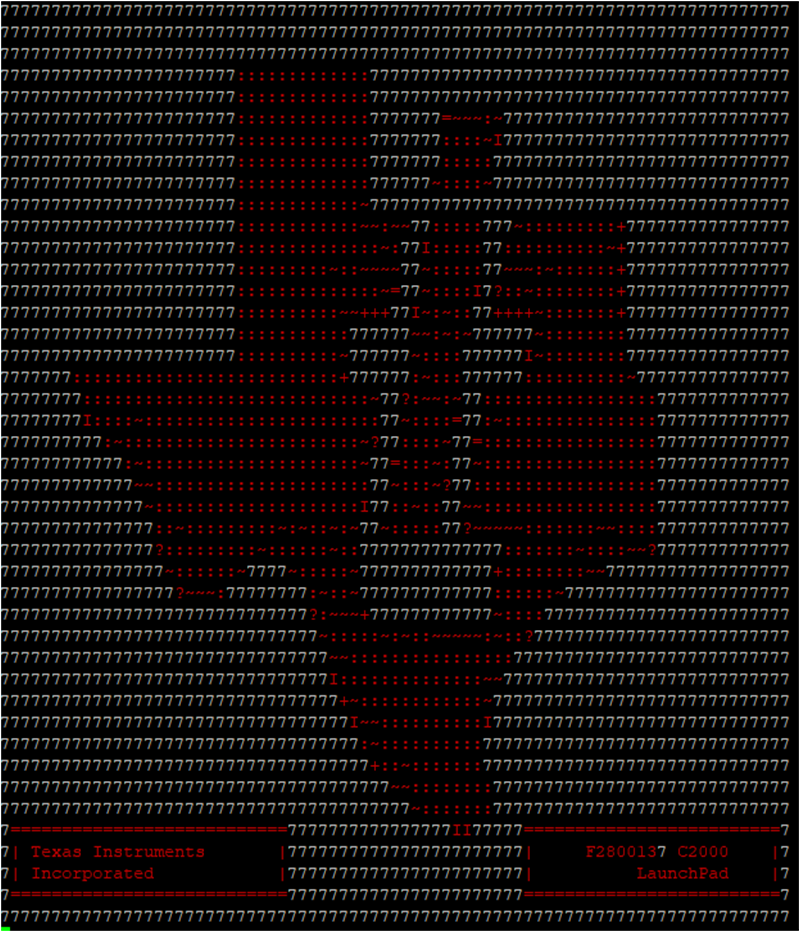SPRUJ32 October 2022
2.2 F280013x LaunchPad™ Demo Program
The LAUNCHXL-F2800137 includes a TMSF2800137PM device pre-programmed with a demo program in flash memory. When the LaunchPad is powered on the demo program begins with an LED blink sequence on LED4 and LED5. After a few seconds the device switches into an ADC sampling mode.
Every 1 second the ADC samples pin ADCINA6 and the sampled value is represented as follows:
- If the sample is above mid-scale (2048), the red LED4 illuminates.
- If the sample is below mid-scale, the green LED5 illuminates.
In addition to the LED indicators, ADC sample results are also displayed on your PC through the USB/UART connection. To view the UART information on your PC, first determine the COM port associated with the LaunchPad. To do this in Windows open the Device Manager. Look for an entry under Ports (COM & LPT) titled "XDS110 Class Application/User UART (COMX)", where X is a number. Remember this number for when you open a serial terminal.
 Figure 2-1 LaunchPad™ XDS110 COM
Port
Figure 2-1 LaunchPad™ XDS110 COM
Port
The demo application's UART data was tested using PuTTY, which is a free and open-source terminal emulator. To view the UART data in a serial terminal program, open the COM port found using the Windows Device Manager with the following settings:
115200 Baud, 8 data bits, no parity, 1 stop bit.
After properly opening the serial port in your serial terminal, reset the LaunchPad by pressing the S1 reset button and observe the serial terminal to see the TI logo in ASCII art (Figure 2-2).
 Figure 2-2 LaunchPad™ Demo Serial
Terminal - TI Logo
Figure 2-2 LaunchPad™ Demo Serial
Terminal - TI Logo
After a few moments, the ADC value sampled on the ADCINA6 pin appears in the bottom right corner of the terminal and is updated each second. Using a jumper wire, connect the ADCINA6 header to a 3.3 V, GND, or other 0-3.3 V signal to see the on-screen value change.
 Figure 2-3 LaunchPad™ Demo Serial
Terminal - ADC Sampling
Figure 2-3 LaunchPad™ Demo Serial
Terminal - ADC Sampling